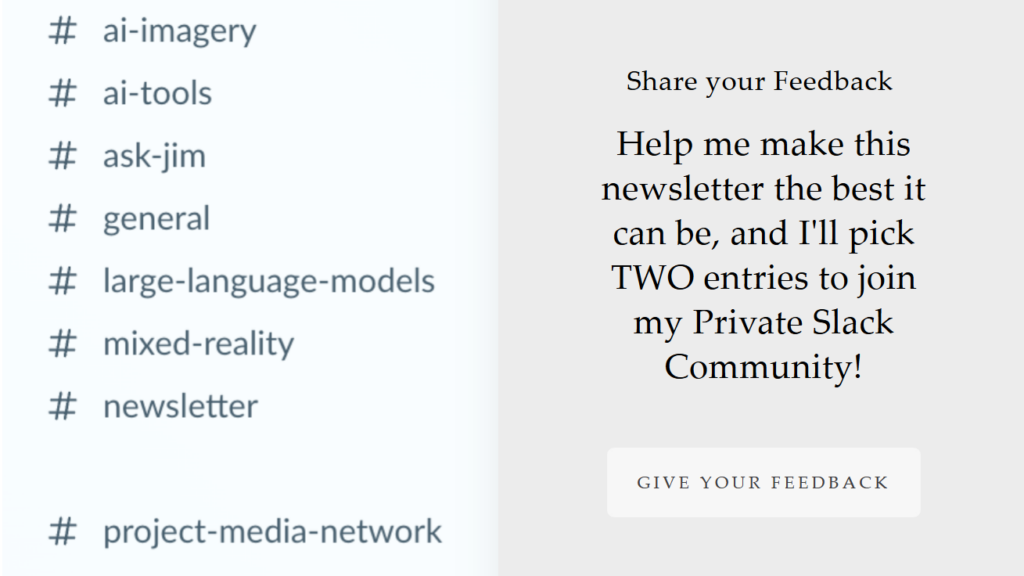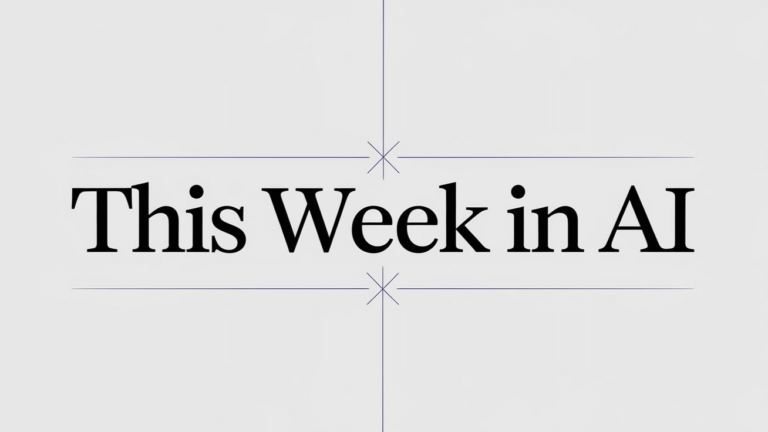🧠 Understanding Generative AI
Simply put, Generative AI is a type of artificial intelligence that can create new content—like text, images, or even code—based on patterns it learns from massive amounts of data.
Key Facts
- 🤖 Generative AI Capabilities: It can create text, images, code—you name it—based on simple prompts.
- 🔍 Deep Learning Models: It analyzes patterns in huge datasets to produce human-like outputs.
- ⚠️ Security Risks: There are concerns like data leaks and model manipulation we need to be mindful of.
As impressive as Generative AI is, it doesn’t truly understand the world like we do.
It’s incredibly good at pattern recognition but lacks genuine comprehension. Think of it like a brilliant mimic without the intuition.
A recent MIT study found that these models can perform well on specific tasks but struggle with minor changes or new rules.
For example, when asked to navigate New York City, an AI might generate maps with nonexistent streets. It can predict valid moves in games without grasping the actual rules.
So, what does this mean for us?
It reminds us that while Generative AI is powerful, it’s not perfect, in fact, it’s anything but perfect. It’s probable. We need to be aware of its limitations, especially as we integrate it into more aspects of our lives and businesses.
🎨 Generative AI & Artists
Can technology and artistry go hand in hand? Let’s think on how Generative AI is influencing the art world and creativity in general.
Key Facts
- 💼 26% Automation in Art Tasks: AI can automate over a quarter of tasks traditionally done by artists and designers.
- 🚀 25% Boost in Productivity: Using AI can enhance creative productivity significantly.
- 🎭 Decreasing Novelty Over Time: There’s a risk that reliance on AI might lead to less originality.
Artists have always been at the edge of new mediums. With Generative AI, they now have tools that can generate design elements, suggest styles, or even compose music. This can be both exciting and unsettling.
Some artists consider AI as a collaborator, using it to push the boundaries of creativity. Others worry about the devaluation of human skill and the authenticity of art.
It’s important to ask ourselves…Can AI truly replicate human creativity, or does it simply mimic patterns?
How do we value art created with the assistance of AI?
What are the implications for intellectual property and rights?
If you’re in a creative field, it might be worth experimenting with AI tools to see how they can complement your work. But it’s also important to stay true to your vision and consider the implications.
Take me for example.
I wouldn’t consider myself an artist by traditional standards. But by unconventional ones, hell-yes.
- I create new experiences through code
- I dream and make things realities with tech
- I use tools (like, AI) to create fresh ideas and remix old ones
- I build digital art with AI mediums
- I’m even working on my first studio album, all with the help of my favorite GenAI music startup, Suno 🔗
So while I may not be the uber creative artist.. I’m allowing AI in my life to help me find that creativity, even in ways I didn’t think I could be.
I’d love to hear how you feel about AI in creativity.
Does it inspire you, or do you have reservations?
📊 3 Strategies to Extract Data Responsibly
Getting a handle on data is crucial, and Generative AI offers new ways to make sense of it. Here are some strategies to do it responsibly.
Key Facts
- 🤖 Automate Data Extraction: AI can handle unstructured and random data efficiently.
- 🧠 Understand Context: AI models can grasp the nuances, leading to better insights.
- ✅ Ensure Data Quality and Compliance: Maintaining high standards is key to results you can trust.
Making sense of large amounts of information is a challenge.
Generative AI can help by automating the extraction process, understanding the context, and ensuring the data is clean and compliant.
Let’s think about each of these strategies.
1. Automate Data Extraction
Generative AI can sift through massive amounts of unstructured data, making sense of it quickly and efficiently. By automating this process, you reduce manual workload and free up time for more strategic tasks.
Example: upload raw/random files to ChatGPT and ask it to make sense of them. It does a pretty amazing job at that with little to no additional direction.
2. Contextual Understanding
It’s not enough for AI to process data—it needs to understand the context. Models that grasp the context provide more accurate and relevant insights, leading to better decision-making.
Example: Ask AI to write you a blog post about X and it will be sub-par and boring. Ask it the same but give it the context it needs to refine it for your target reader, objective, structure, desired outcome and language style preferences – and now we’re in motion.
3. Data Quality & Compliance
High-quality data is essential. AI models that clean and standardize data ensure that outputs are reliable. Plus, adhering to regulatory requirements protects your organization from potential risks.
Example: Don’t just trust the data that is spit out from one prompt. Run it through another pass asking to look for risks, audit for key elements, or redact personal information it finds and you’ll get an even stronger output.
Here’s how to apply this and these examples today:
Start with areas where AI can have an immediate impact.
Maybe it’s automating customer inquiries or analyzing market trends.
And feel good that your AI initiatives are grounded in strong data practices and ethics.
🚀 Generative AI Isn’t Coming for You—Your Hesitation Is
The real risk isn’t AI itself, but failing to do something about its potential.
Key Facts
- 📉 Adoption Rate Is Low: Fewer than 5% of organizations are widely using Generative AI tools.
- 🔐 Concerns Are Still Huge: Ethical, technical, and privacy issues are significant barriers.
- ⏱️ Time Savings: 95% of legal professionals using AI save substantial time weekly.
Here’s what’s happening.
Despite recognizing its potential, many organizations hesitate to adopt Generative AI due to unclear ROI, infrastructure costs, and various concerns.
Only 2% of AI proof-of-concepts make it to production. Often, this isn’t because the technology fails, but because of cultural resistance and fear of change.
Meanwhile, public concern about AI is growing. 52% of Americans feel more worried than excited about AI advancements.
But here’s the upside. 😎
Those who do start using Generative AI are seeing tangible benefits—significant time savings, increased efficiency, and a competitive edge.
So, what’s holding you back?
Is it fear of the unknown? Concerns about ethics or privacy? These are valid, but they shouldn’t paralyze progress.
They don’t stop me, and I’ve been working in this industry now since 2014 for over a decade.
The funny thing about ‘taking a leap’ is it’s never scary once you land.
This is how I can help
I run an incredible private community for people like you.
And right now it’s open for enrollment.
- Networking & Collaborations
- AI Insights & Tools Showcase
- Monthly Q&A “office hours” calls with me
- A 1:1 Welcome Call for us
- and more!
Check it out here: https://fastfoundations.com/slack 🔗
and, don’t miss this special I’m offering below 👇🏻
Already a member? I’ll extend your membership if you’re selected!

